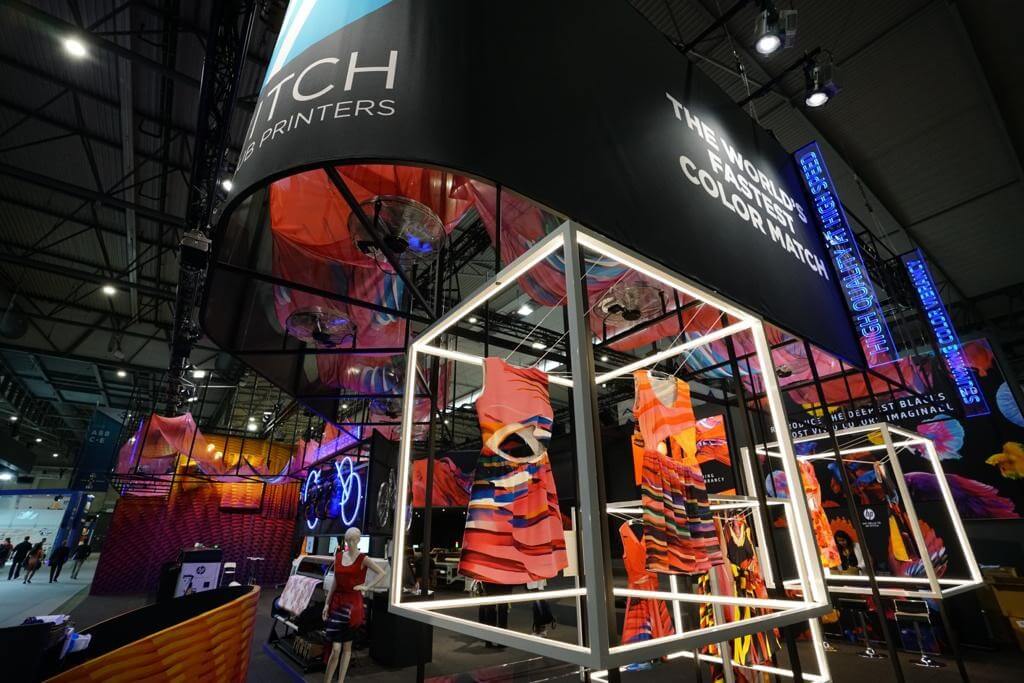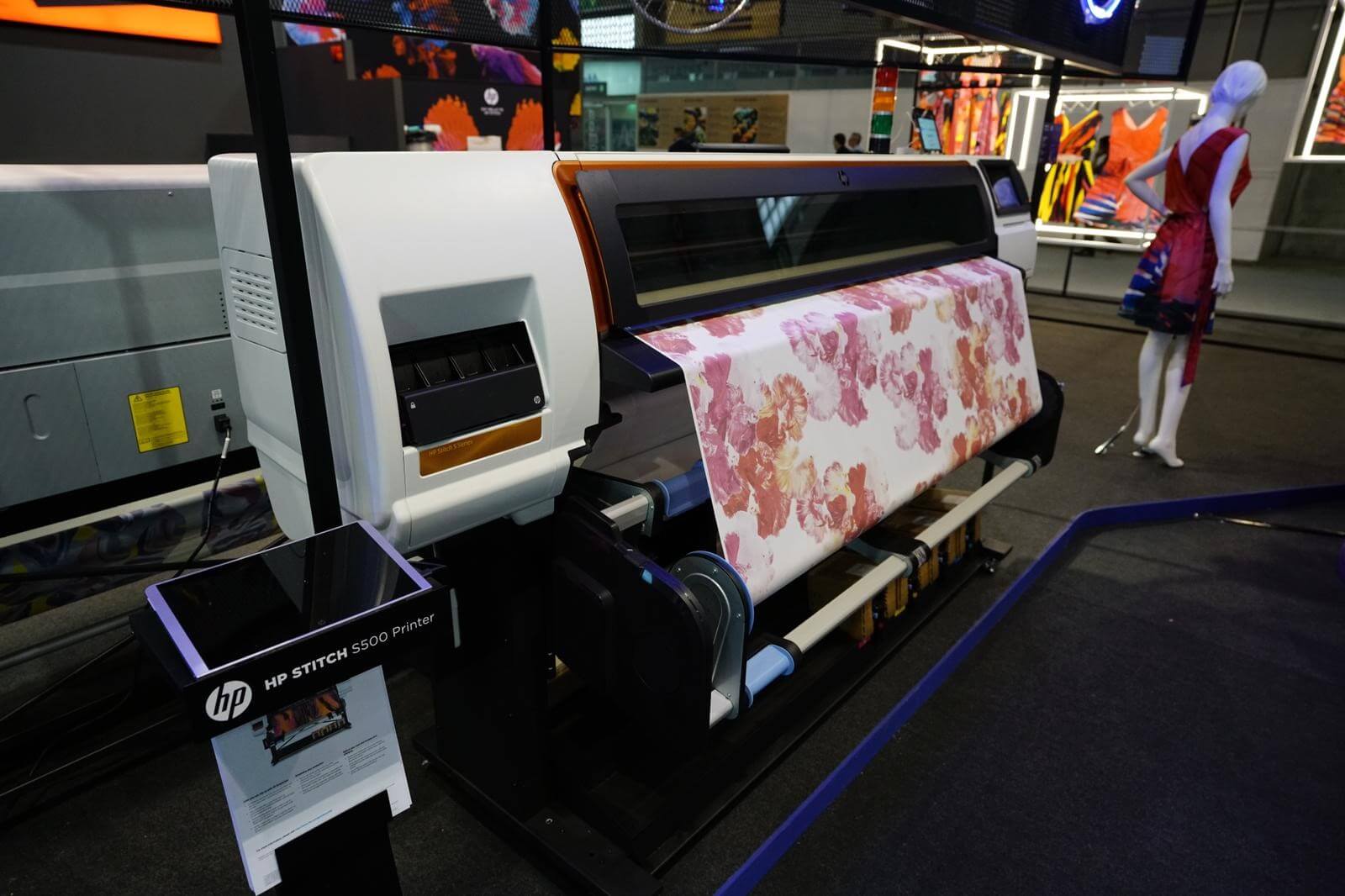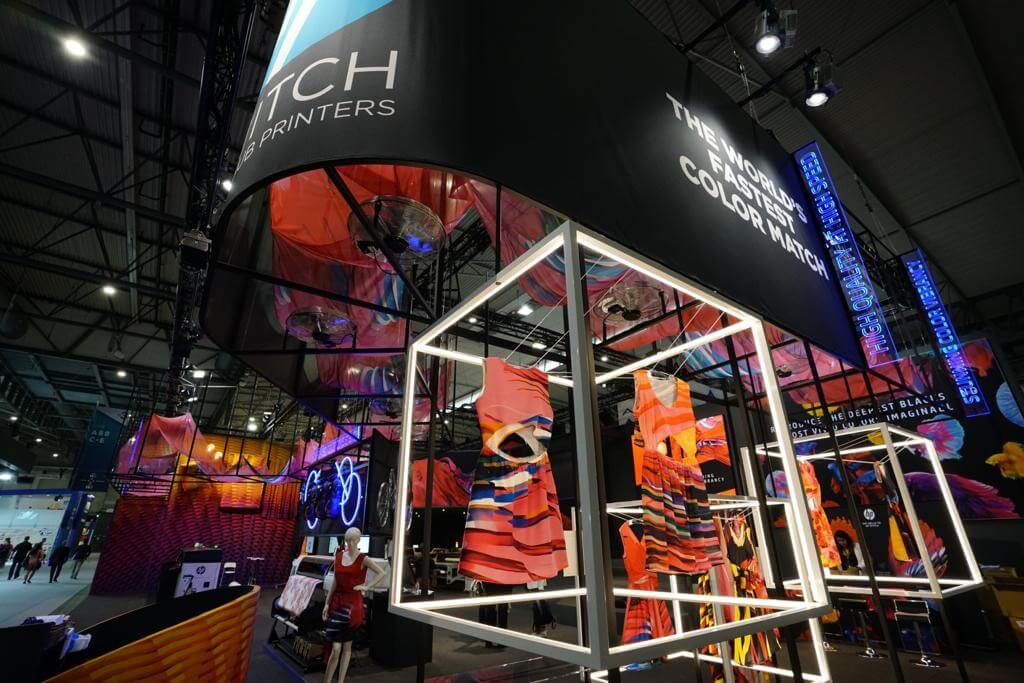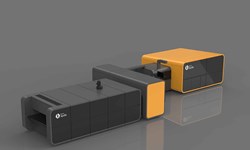
Technology giant HP has entered the textile dye-sublimation printing market with its three digital textile printers, which can print both direct to textile or using transfer paper.
The machines signal HP’s entry into textile printing for sportswear, fashion, interior décor and soft signage applications.
The HP Stitch S series is a portfolio of digital textile printers that deliver fast, precise colour-matching, alongside efficient, simplified processes, according to HP. The machines are HP’s latest innovation designed to accelerate commercial digital print adoption, the company says.
“Décor and fashion application trends, on demand production and personalisation are boosting digital print growth,” says Santi Morera, head of Graphics Solutions Business at HP. “The digitally printed textiles market is experiencing double-digit annual growth, forecast to reach US$5.5bn by 2023, according to Smithers Pira. We look forward to more digital print transformations being realised with the arrival of the new HP Stitch S series.”
The portfolio of printers couples HP Thermal Inkjet technology with industry-standard dyes for superior colour durability. The first-ever built-in spectrophotometer enables Stitch’s fast and exact colour-matching. The introduction includes three new printers from 64-inch to 126-inch wide: the HP Stitch S300 64-in Printer, the HP Stitch S500 64-in Printer, and the HP Stitch S1000 126-in Printer.
The HP Stitch S300 Printer holds the first user-replaceable print head, resulting in reduced downtimes and service costs. The HP Stitch S300 Printer was designed specifically for new-to-dye sublimation professionals, prototyping departments, and growing print providers, the company says.
“Our experience with HP Stitch S300 has been much easier and faster than other dye sub printers we’ve previously used. Most printers require manual action in terms of head maintenance and alignment,” says Teunis Roos, Color Concepts. “The HP Stitch S300 is more proactive and automated when it comes to performance. We’ve experienced a 50% reduction in time with the HP Stitch solution.”
HP Stitch S500 Printer enables predictable dye sublimation colour and less media waste for production environments. With symmetrical 2xCMYK print head configuration and Optical Media Advance Sensor, this 64-inch printer allows for saturated and reliable one pass mode for higher speeds. The HP Stitch S500 Printer was designed specifically for high production sites, the company continues.
HP has also launched a set of new dye-sublimation papers for the new HP Stitch S Printer series. These papers are designed and tested as a system with HP dye sublimation inks and the HP Stitch S Printer series to achieve excellent image quality and colour consistency, says HP.
Additionally, HP has introduced the HP Stitch S1000, a super-wide dye sub production printer designed for high productivity and simplified operation, unleashing new production possibilities for interior décor and soft signage, which is on show at ITMA.
The HP Stitch S1000 is a 3.2 metre dye sub printer that brings ‘a new level of innovation’ to high production companies to meet deadlines more easily by enabling fast speeds, high uptime, and unattended shifts, says the company. Fully automatic maintenance ensures optimal image quality without user intervention, while saving time with easy media loading and unloading by a single operator, HP adds.
Roman Barba, market development, HP large-format graphics division, says: “We are at the beginning of a long journey in digital textile printing. Printing on textiles is becoming more and more important and we are very proud of our technology and inks. After years of hard work creating the technology, now it is time to enjoy it with our customers.”
Have your say. Join the conversation and follow us on LinkedIn







